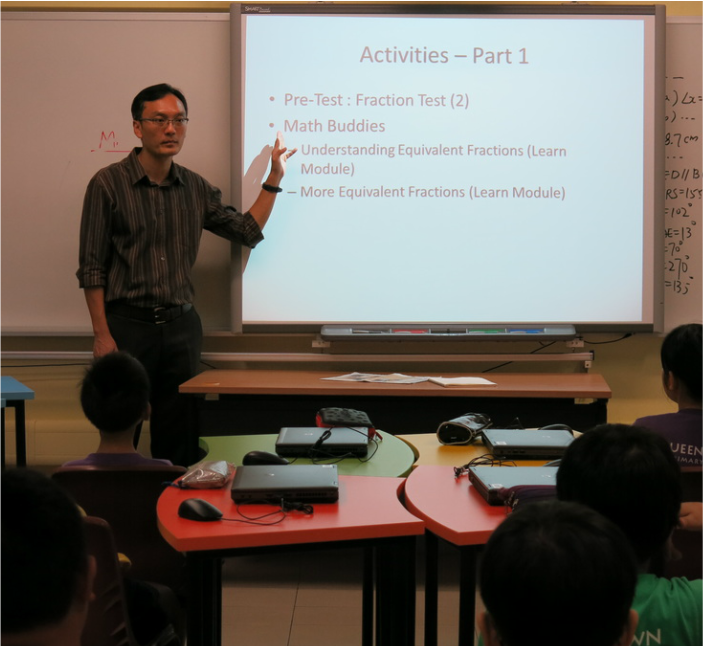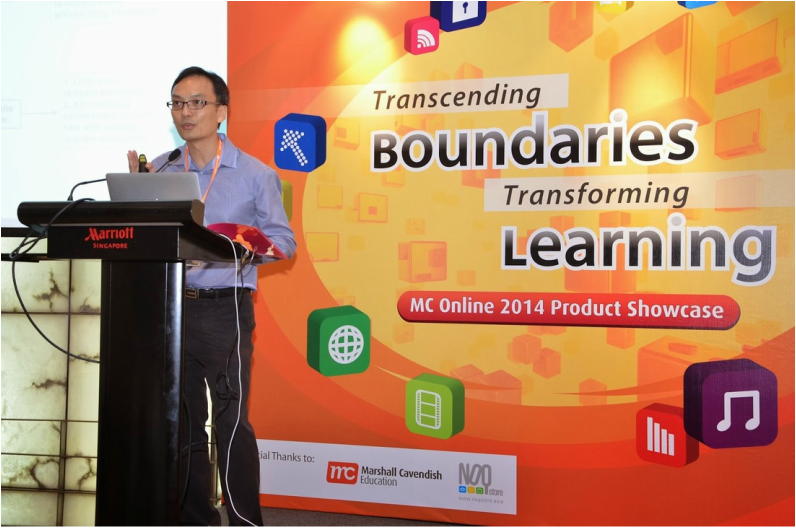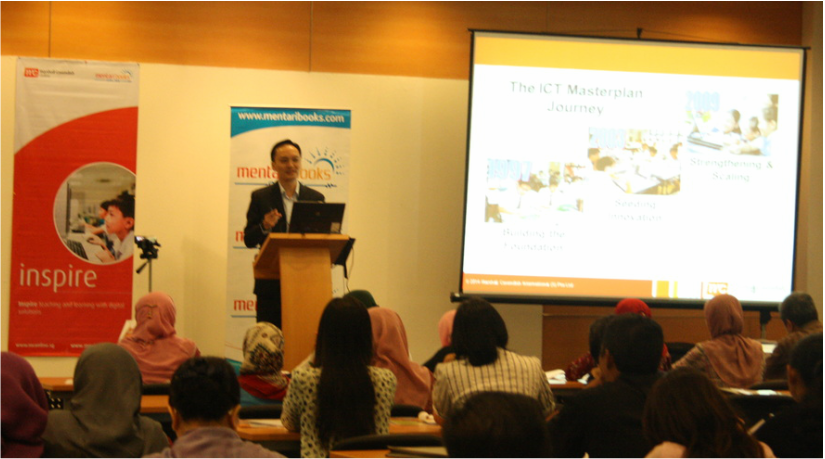- Learning Gap #1- Traditional frontal teaching approach in which the learning is directed by the teacher from the front of the classroom. The teacher is the one actively explaining the concept and the students are trying to “download” the instruction. The level of learning engagement is very low.
- A much better way- Student-centered learning: As opposed to a traditional frontal-teaching approach, whereby students receive one-way instruction with minimal interaction with the instructor, we provide opportunities for students to communicate their understanding to the instructor. From this interaction, we will be able to have a good gauge on the students’ understanding and pitch the lesson at their level.
- Learning Gap #2- Crude, blunt pure memorisation techniques in which students attempt to remember “Steps” to solve math problem sums mechanically without little or no understanding of the key concept or the relationship between the information presented in the problem sums.
- A better way - Implement thinking Routines: Instead of asking students to memorise countless strategies, we teach them a structured approach to tackle higher order thinking questions. Mastering this approach is like having a roadmap where you can use it to solve any problem sums with up to 95% accuracy. With this approach, students learn to decipher key words, select the right strategy quickly and even have time check their answers.
- Learning gap #3- Learning without a purpose Students who don’t perform well in studies tend to depend on others for direction, eg. being prompted by their teachers and parents. They don’t seem to link what they are learning with the intended learning objectives. Without an understanding of the bigger purpose, they are often not motivated to learn.
- A better way - Introduce Reflective Learning : To help students connect the concepts, strategies and thinking routines into a meaningful whole, it is important to engage them in reflection. Research has shown that students who are engaged in reflective learning are able to generalize the concepts that they have learnt. This improves the students’ future performance and enables them to handle new situations and questions effectively.
With the above 3 strategies, I developed a unique winning formula for success. The E-ARM™ Approach.

# Stage 1 : Exploration – We do not believe in spoon-feeding the students as research has shown that it will not benefit them. At different stages of learning, we lead the students through a series of exploration to help them understand the strategies necessary to solve complex problem sums. This experential learning approach has been proven to help students acquire understanding of maths concepts.
# Stage 2 : Acquisition of skills – For each topic, effective teaching approaches and questioning techniques are used to help the student understand the underlying concepts and develop their skills in solving complex problem sums.
# Stage 3 : Retrieval of information – At the end of each stage of learning, our tutors will engage your child in reflection and help them consolidate their learning, construct memory maps to ensure that they can retrieve what they’ve learnt easily during assessments.
# Stage 4 : Mindset of a Winner – We believe that to be successful, be it in studies or in life, we need to develop a winning mindset. This includes having a positive attitude, setting goals to stretch oneself and celebrating success, both big and small. This is the reason that we have integrated motivational stories in every lesson with the aim of inspiring our students to achieve their fullest potential.
|














